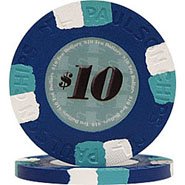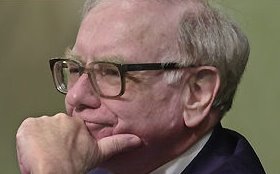
The excerpts from "Sense and Nonsense in Corporate Finance" by Louis Lowenstein, professor emeritus of law at Columbia University:
The freedom to mark assets to market brings to mind the remark by Mark Twain that "a mine is a hole in the ground with a liar on top." Twain could as well have been speaking of land appraisals of all types.
In the best of worlds, financial statements would produce numbers that are truly comparable, both across companies and for the same company across time. Did General Motors' earnings increase from 1985 to 1989? According to the company, they did, rising slightly, even though GM sold only 7.9 million cars and trucks in 1989 compared to 9.3 million in 1985. There were a number of reasons, including a turnaround in GM's European operations, but an important reason was that in the interim, the company had rearranged some of the estimates and assumptions on which its financial statements were based. In addition to the already mentioned 1987 change in the estimated life of its auto plants, in 1986 the company raised the expected rate of return on its pension funds, which increased that year's net profit by $195 million. By 1989 the annual report no longer contained sufficiently detailed information from which to calculate precisely the continuing effects of these and other revisions. One estimate is that, in all, they added over $1 billion of after-tax earnings for 1989. Without that $1 billion, there would have been no increase in earnings since 1985. Yes, GM was able to find that $1 billion without breaking any of the rules. The rules are very flexible.

Do words and numbers mean only what management says they mean, or is there some consistency? It's a problem of credibility in the marketplace, but it also threatens to distort management's own analysis and the internal discipline. In other words, numbers that are no longer comparable from year to year or company to company are a problem not just for investors trying to make portfolio decisions but for creditors and for management itself.
When I first became involved in the supermarket industry in the 1960s, it was commonplace for the smaller public companies in the industry-typically those that were growing rapidly but had weak balance sheets-not to buy anything larger than a cash register if it meant putting debt on the balance sheet. Instead of borrowing money to build and own, say, a store, these companies would lease the finished store from the developer or pursuant to a so-called financial lease from a lender, such as an insurance company. These lease financings were always more expensive than borrowing the money to own the store outright, but neither the companies nor the financial community seemed to care, so long as the company could keep the obligation off the face of the balance sheet, disclosing it only in the footnotes. This is the kind of seemingly pointless paper shuffling that economists find incredible. But that was how the world was. It's easy to say that this was foolishness, but it was conventional foolishness.
In the 1970s the FASB adopted an accounting standard that succeeded in pushing a large part of this off-balance-sheet financing back onto the balance sheet, but it did not succeed entirely. Many companies still arranged their leases to avoid capitalizing them. They were even willing to give away renewal options and other significant economic values to do so. To paraphrase Kurt Vonnegut, these companies had adopted the philosophy that you are what you pretend to be.
Click here to view more...




